Creating Braille Board Games
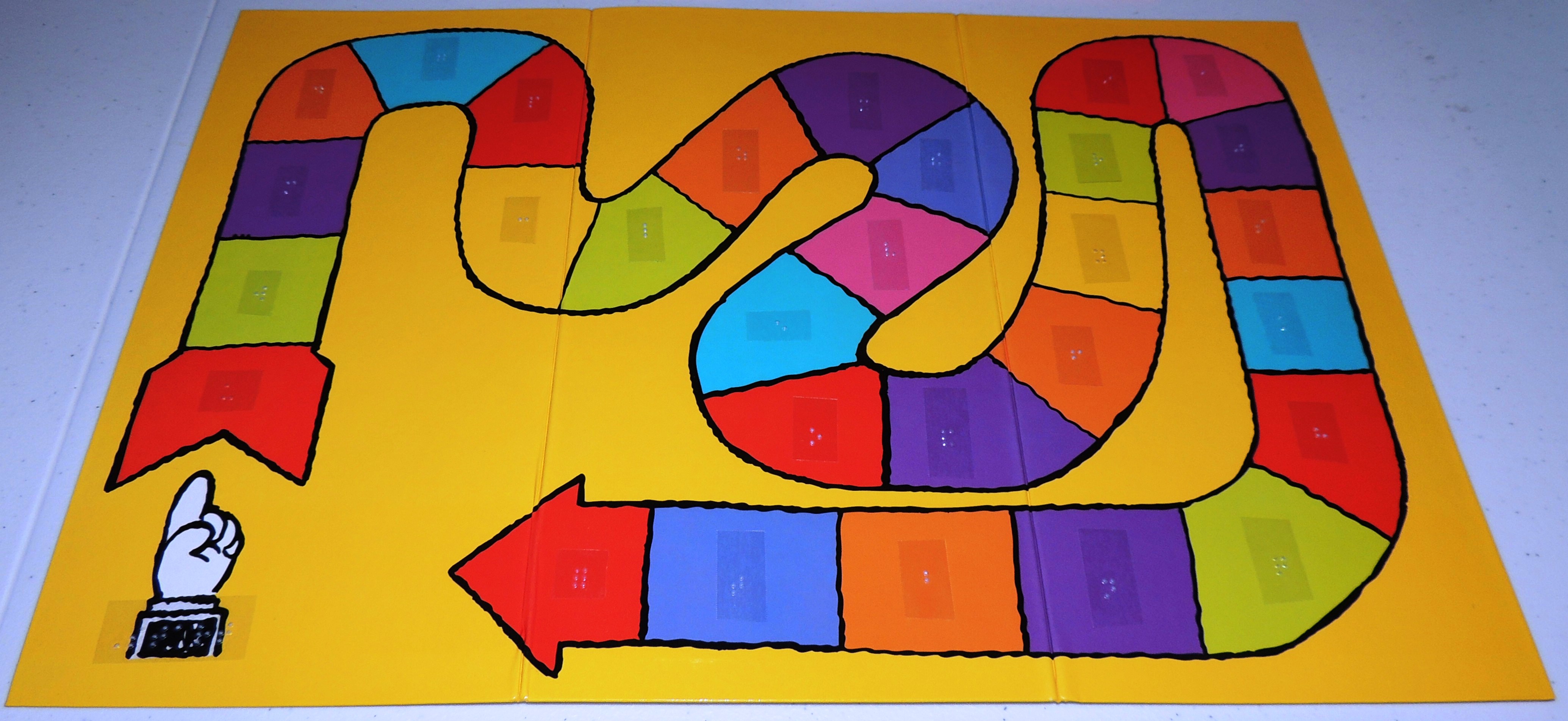
Creating braille games is a great way to work on review when learning the braille code...or literary numbers or Nemeth code. This particular one is for the Building on Patterns Curriculum Kindergarten level from APH (American Printing House for the Blind).
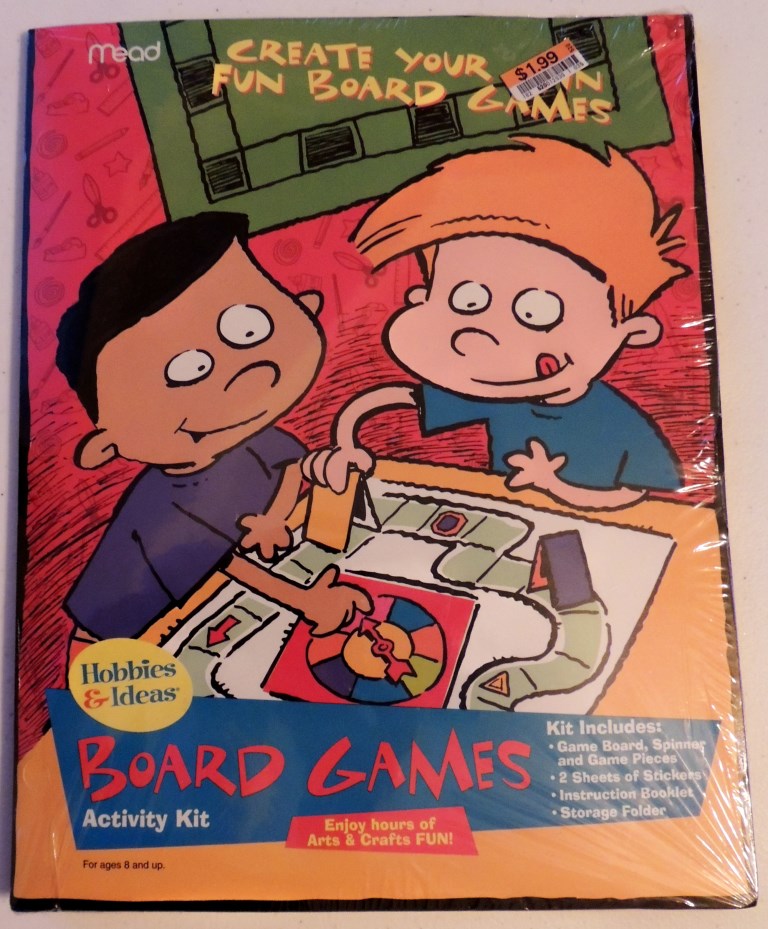
- Board game kit
- Spinner/dice
- Brailleable Labels or Sheets
- Brailler
- Graphic Art Tape
I like to buy board game kits. This one I got at Big Lots for $1.99. The boards can be made out of file folders or whatever material you wish. I use graphic art tape to line the squares of the game.
If the student has no vision and is young, I will put Velcro in the squares and on the bottom of the game pieces to aid them in the play, as in the photo on the right.
-
Any game piece will work.
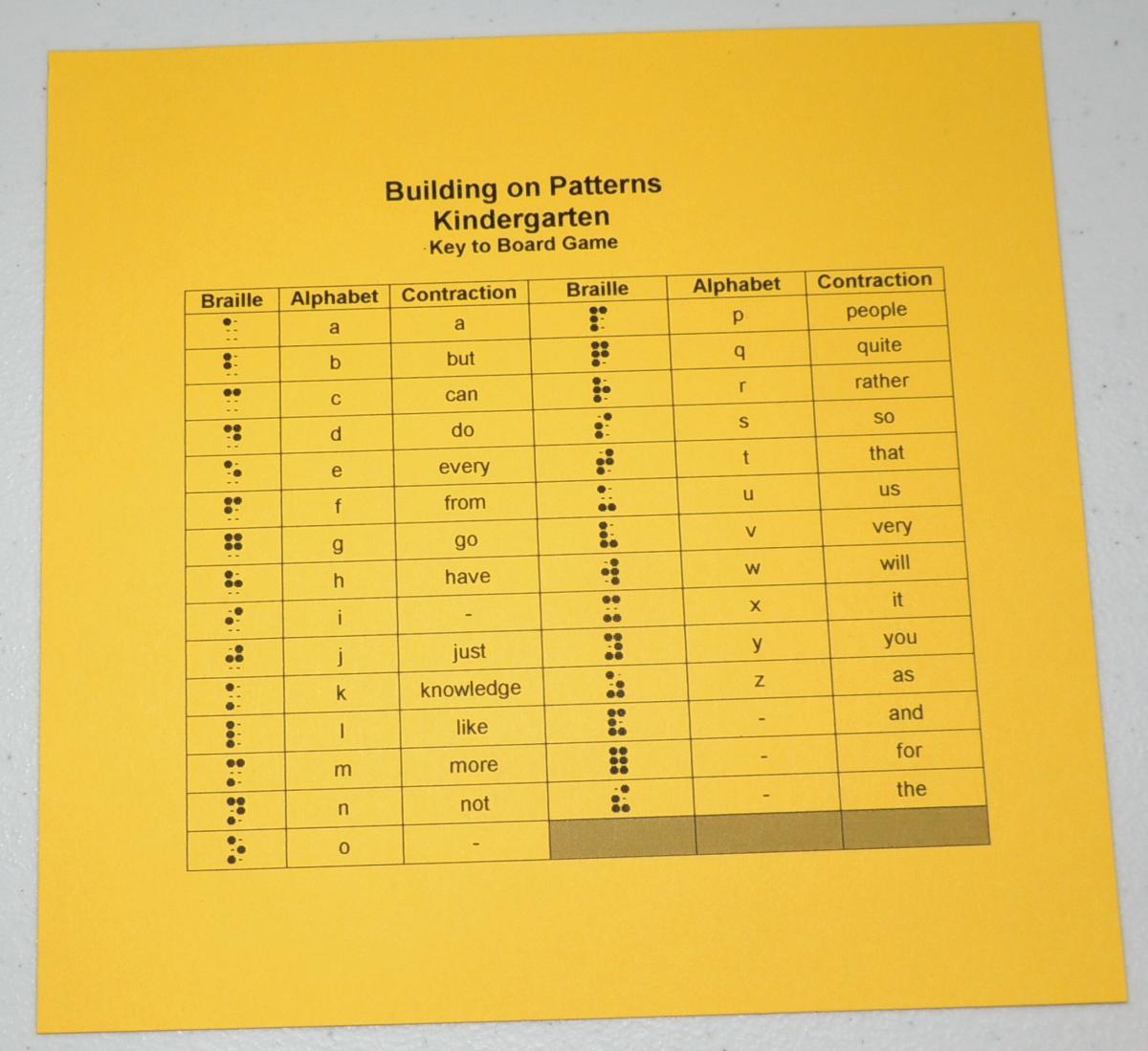
- If the contraction hasn't been learned, the student calls out the letter on the board that they are reading.
- If they know the contraction, they call out the contraction...or both depending on the lesson objective.
- If the student guesses incorrectly, they remain on the spot at least one more turn.
- A swing cell can also be used to aid the student in determining the braille symbol. If the symbol had not been learned yet (and, the, and for), the student gets a free pass on that one OR what I like to do is have the student figure out what the braille dots are.
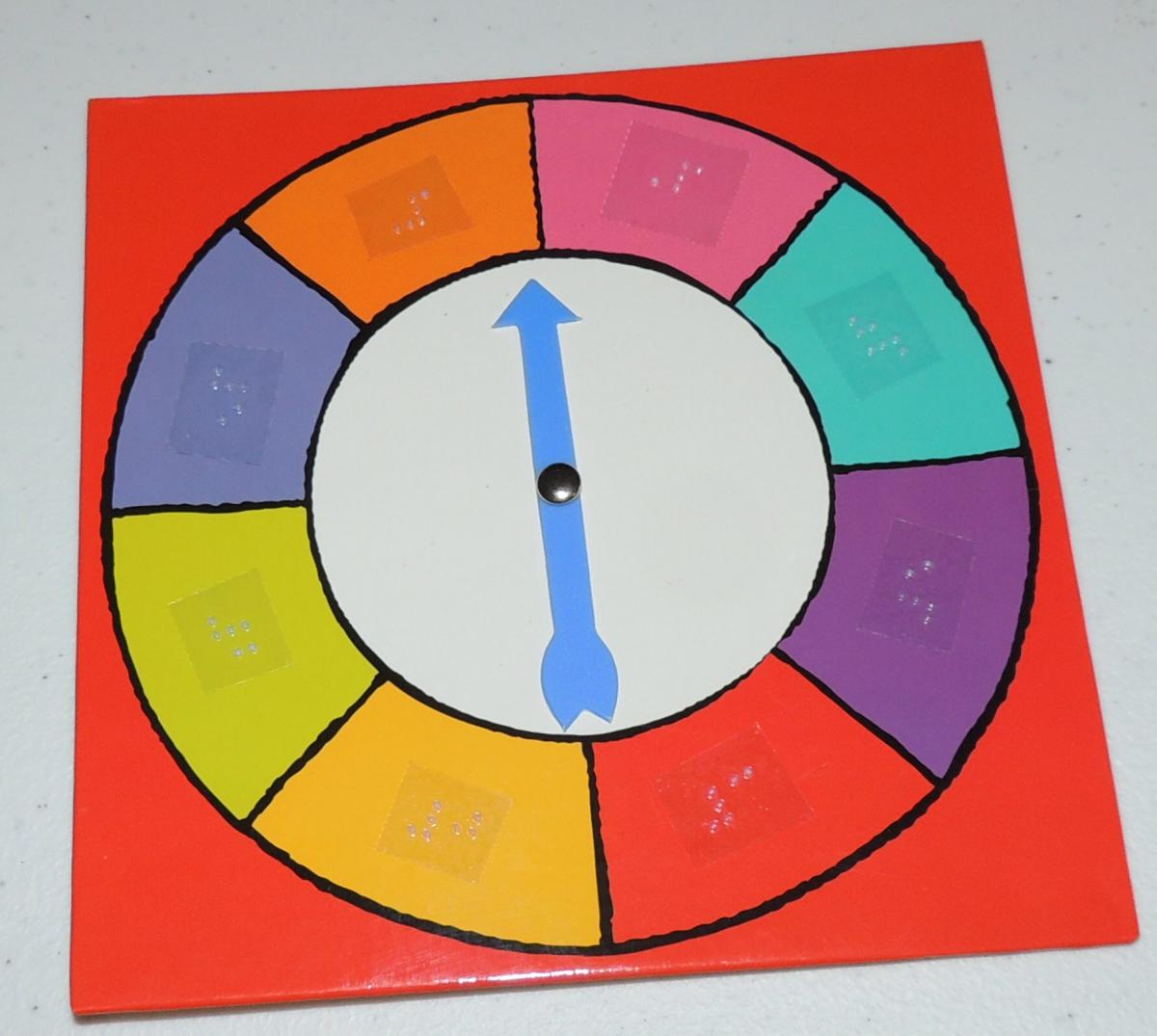
I really liked this game kit as it contained the game board (Monopoly Game board quality) and the spinner. I also like to change things up and use braille dice as well. This gives the student the opportunity to experience different types of board games. I always include a print card of the braille to that the student can play when I'm not around with their sighted peers or their families.


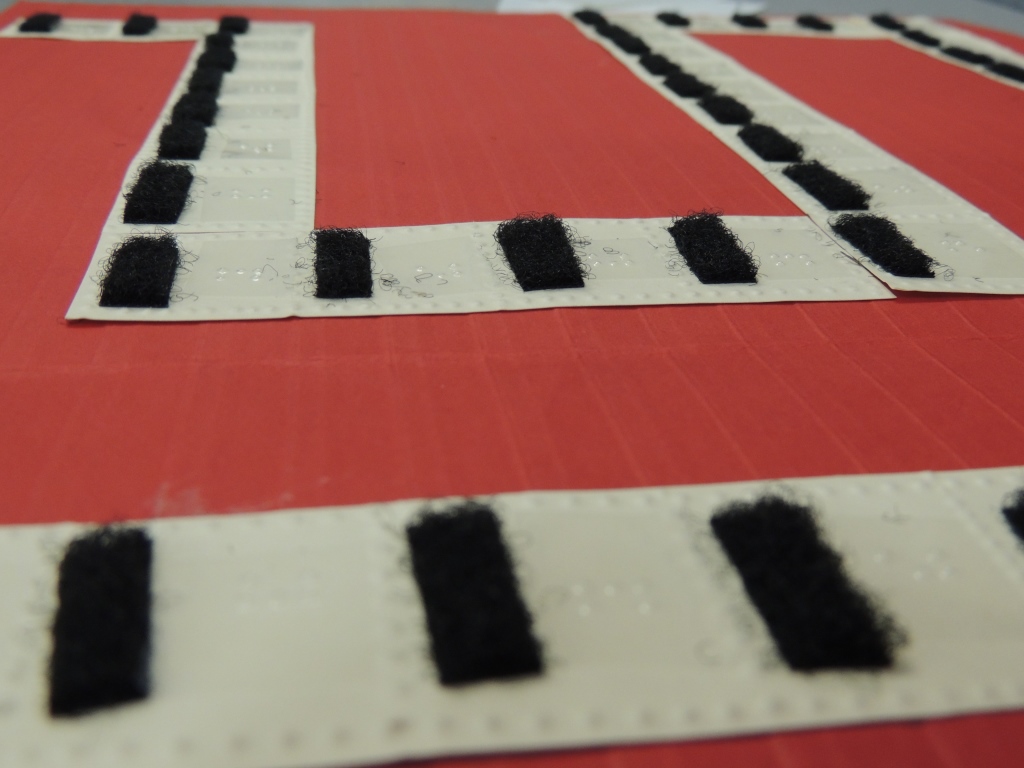
Comments
Games
Board Games?
Game Suggestions...
Re: Game Suggestions...